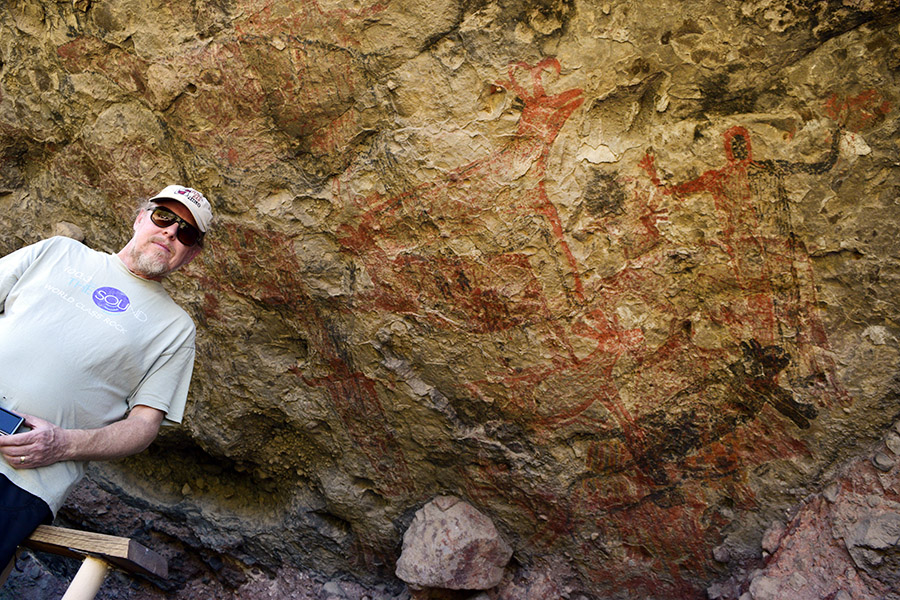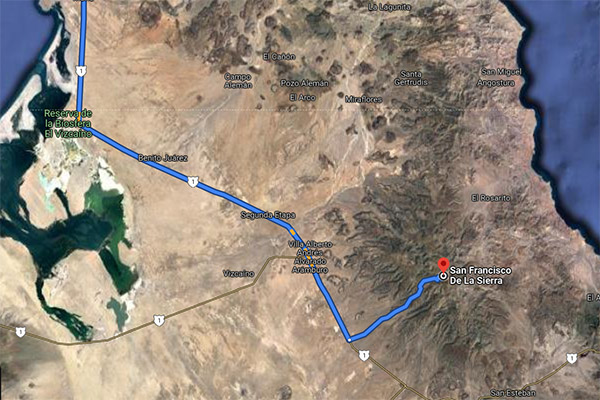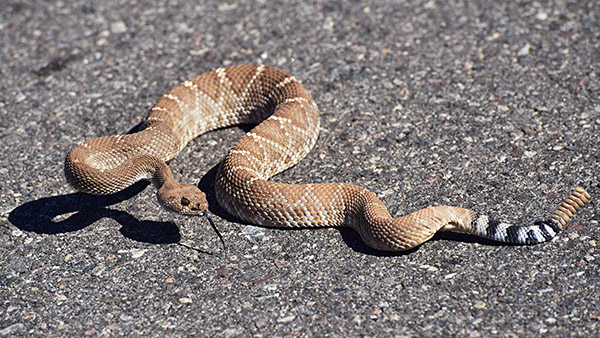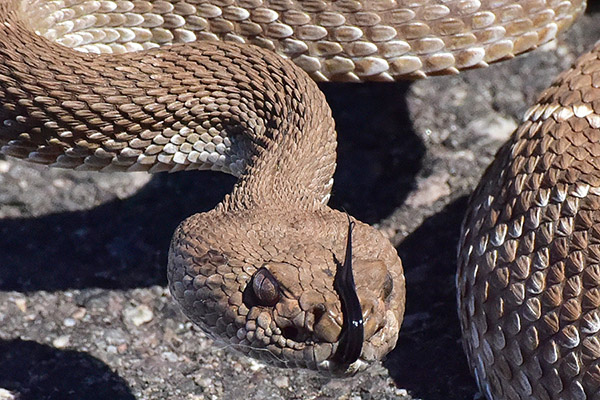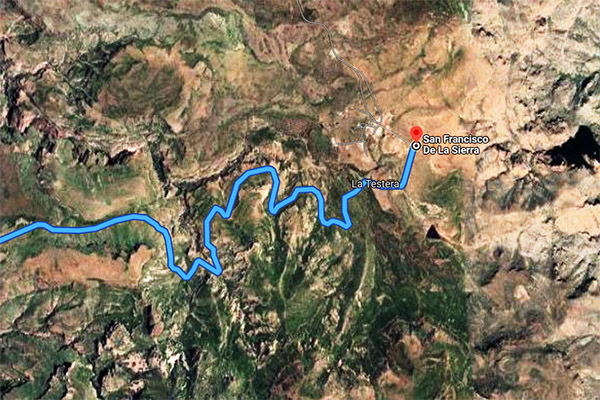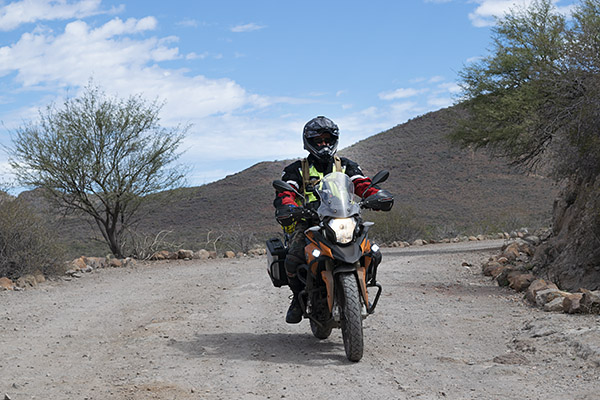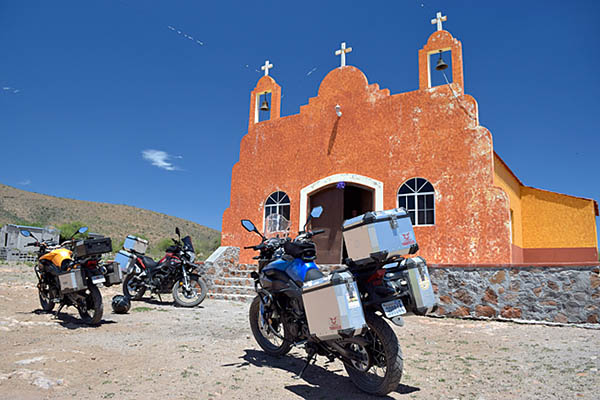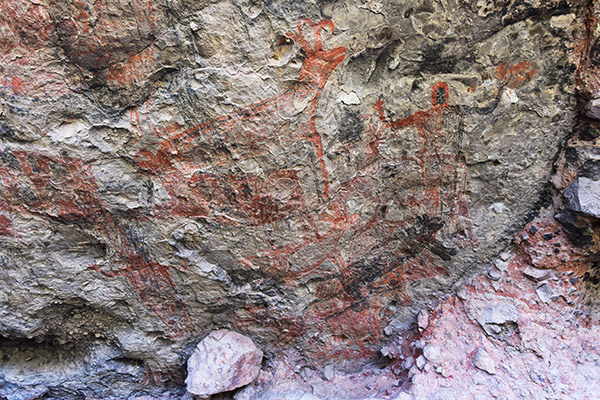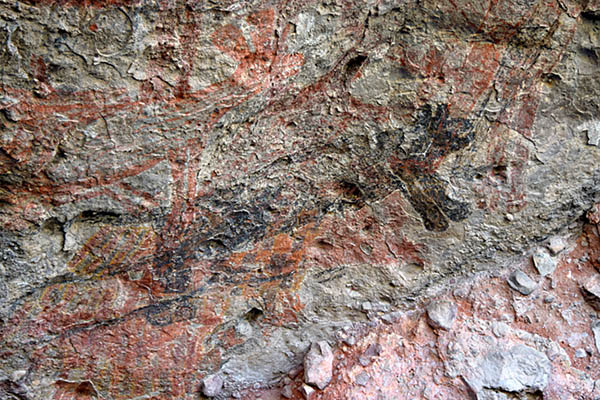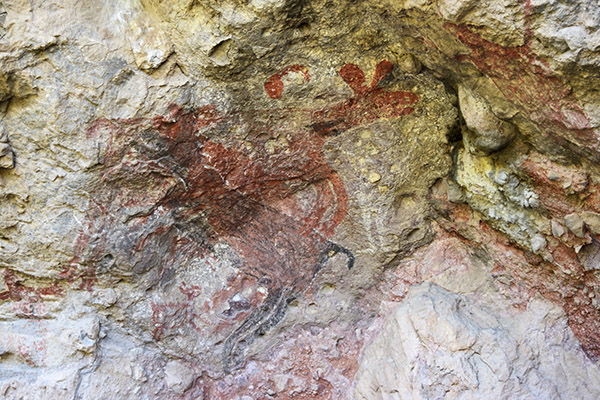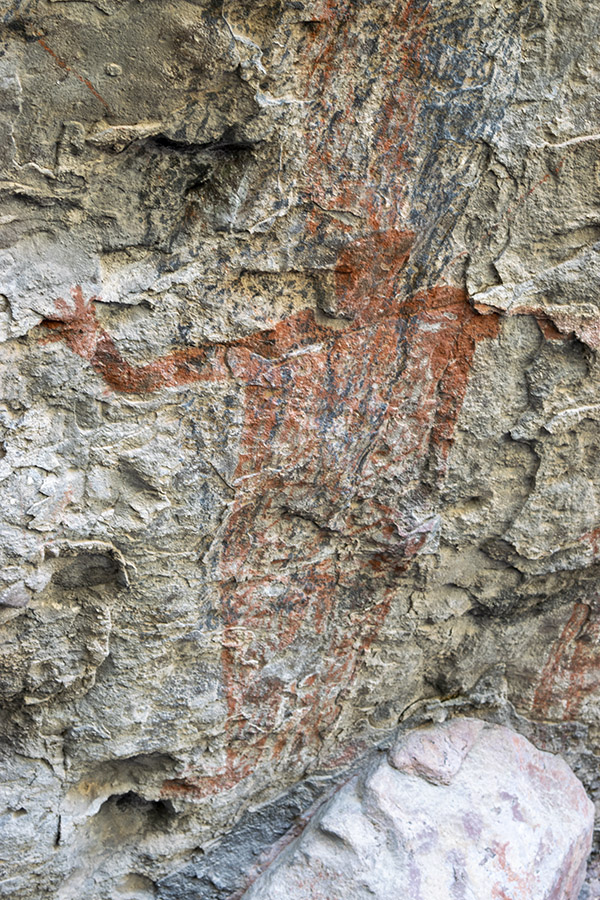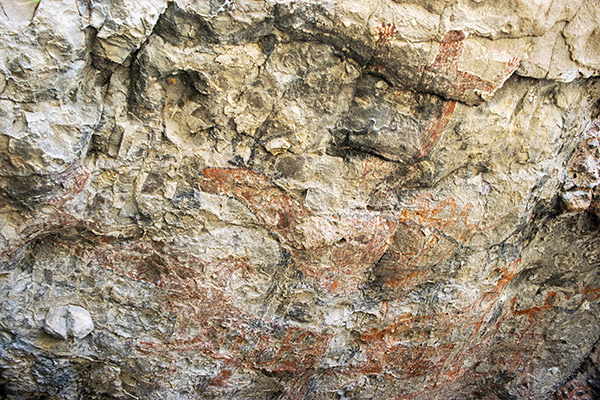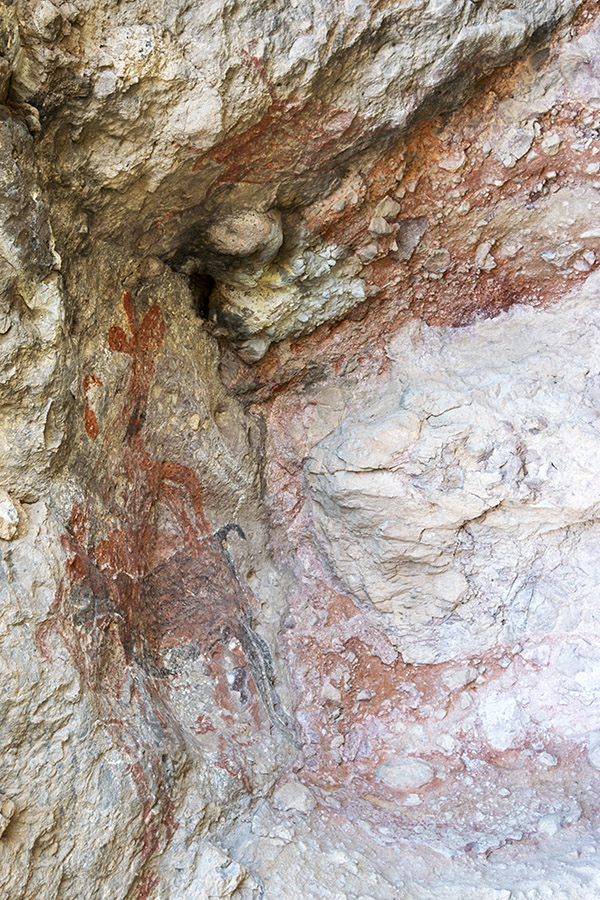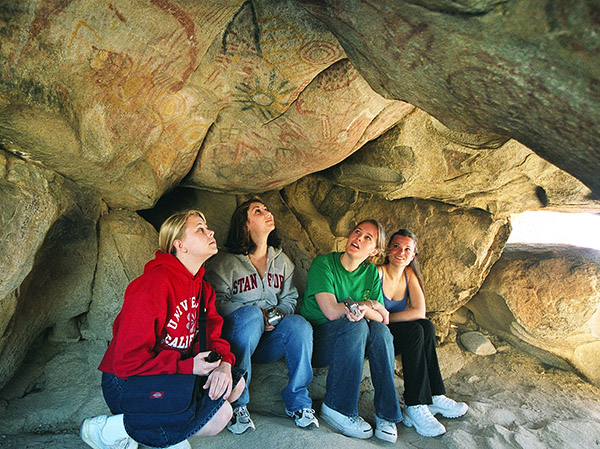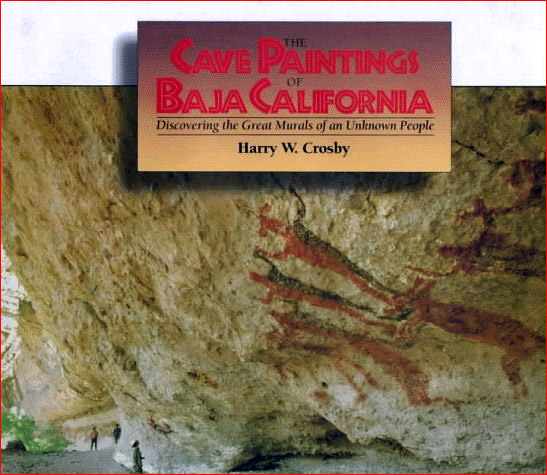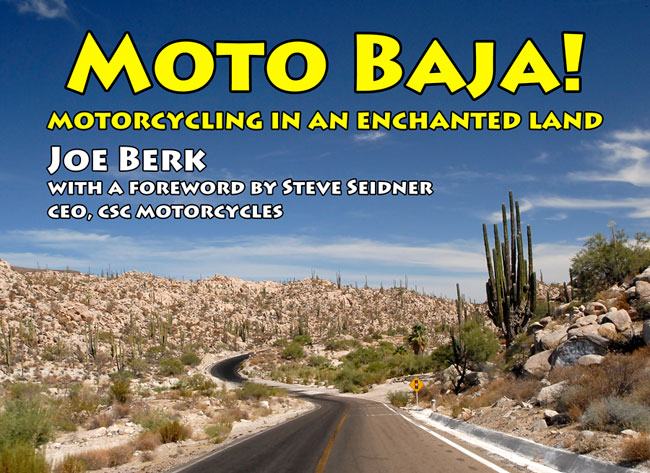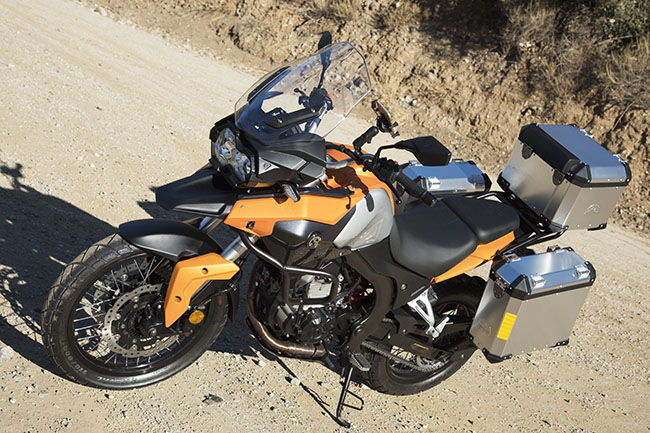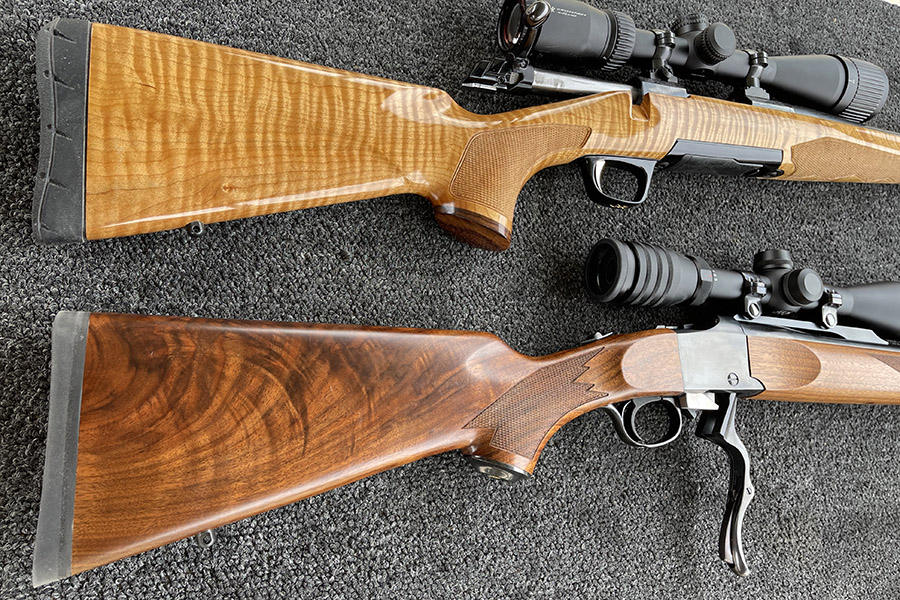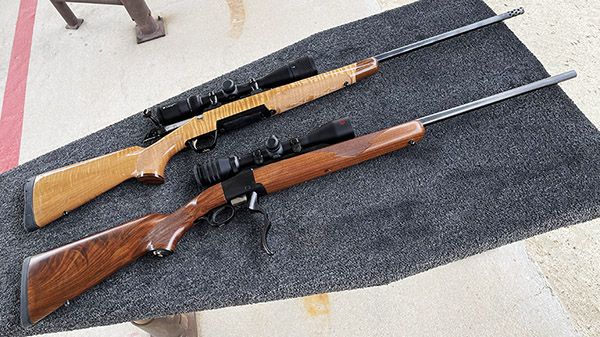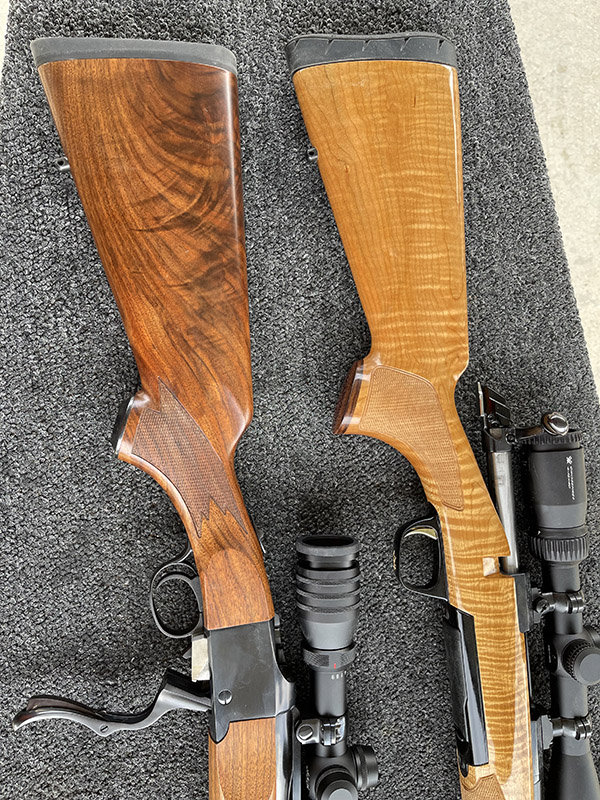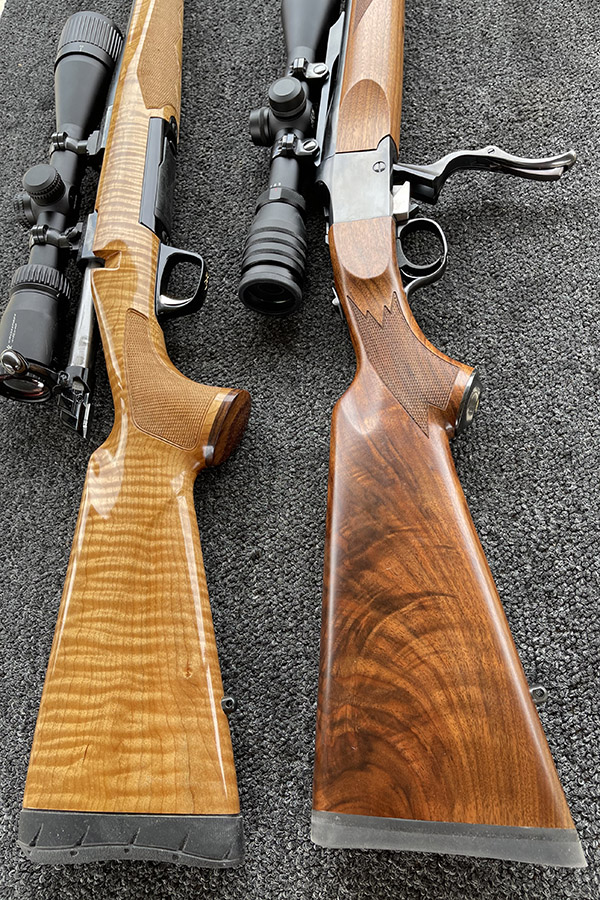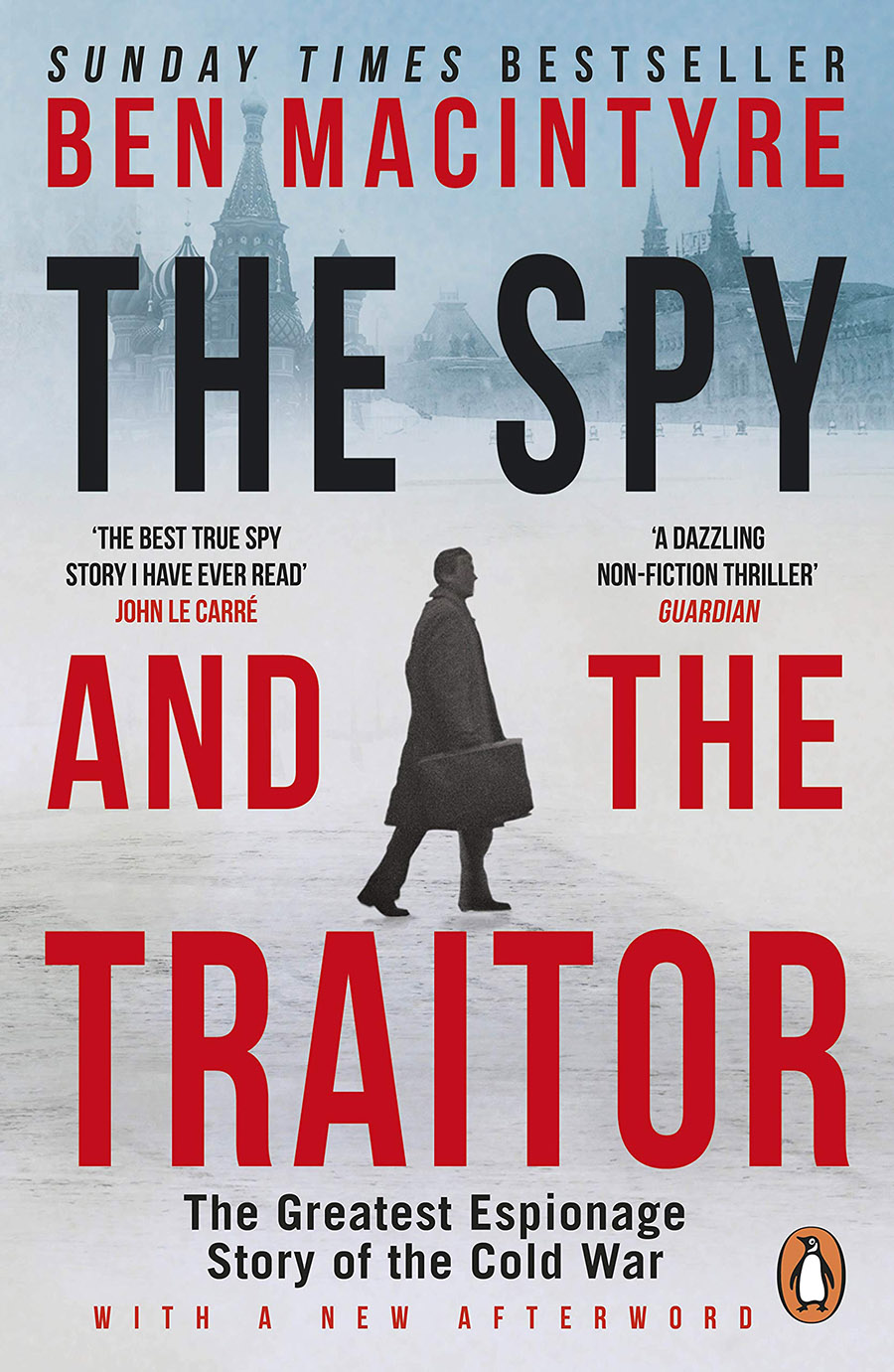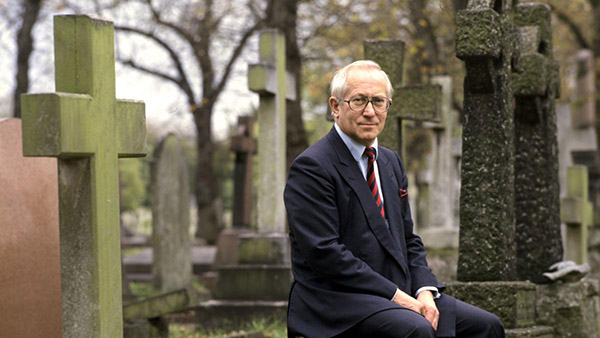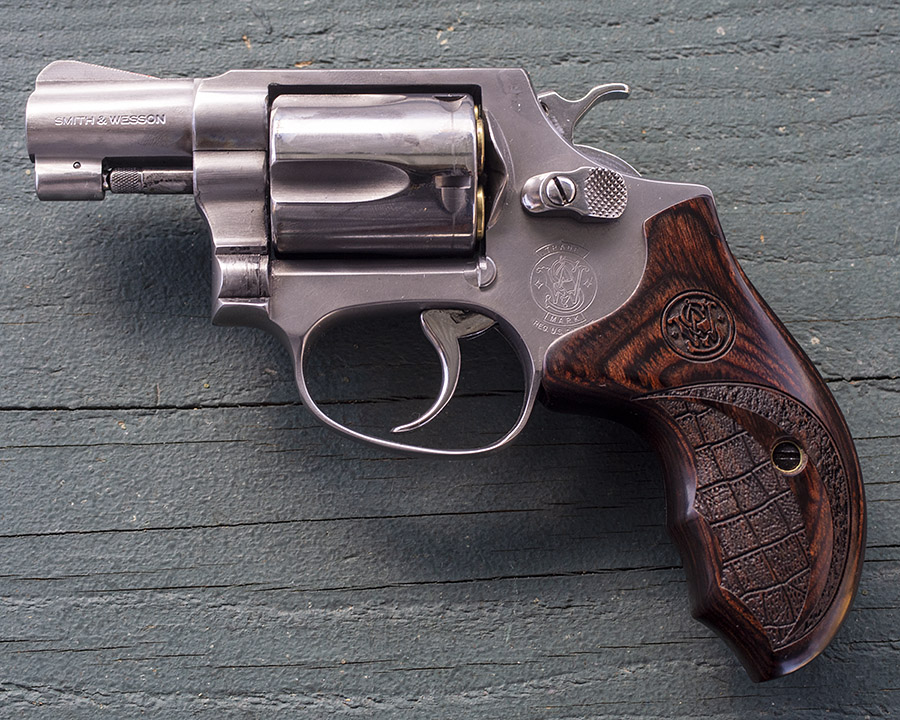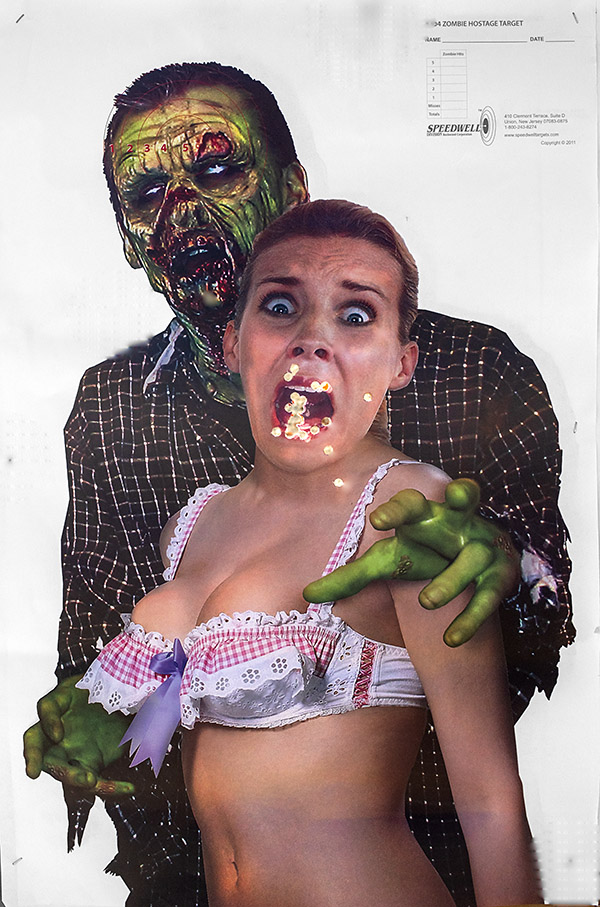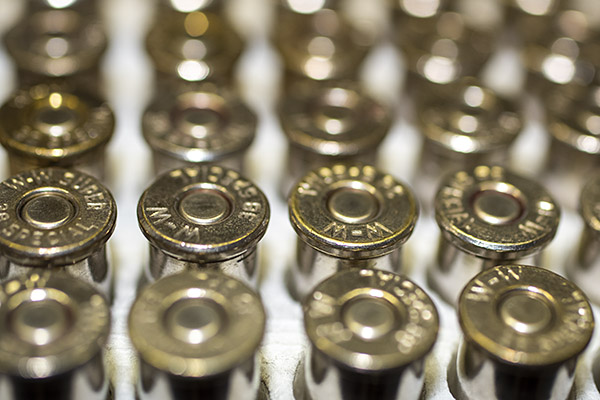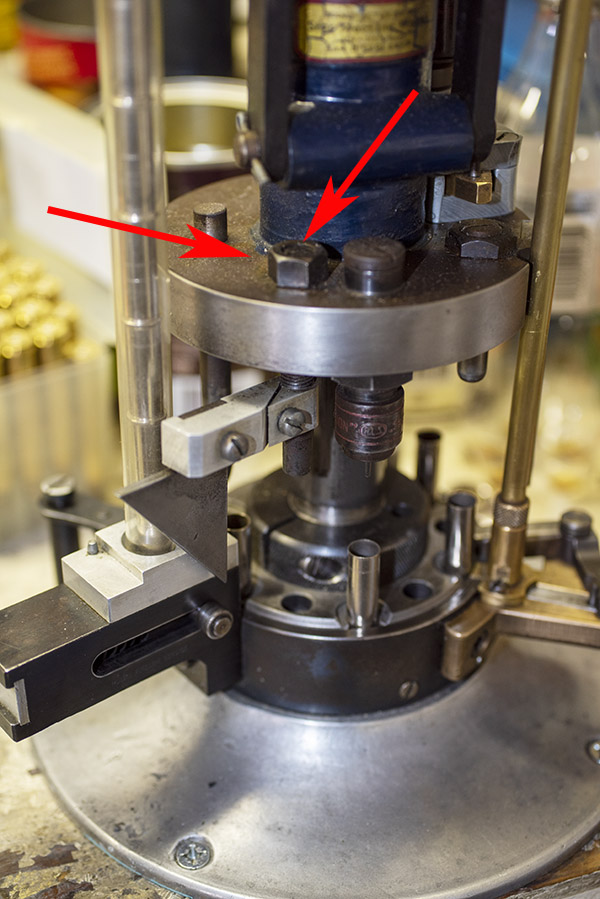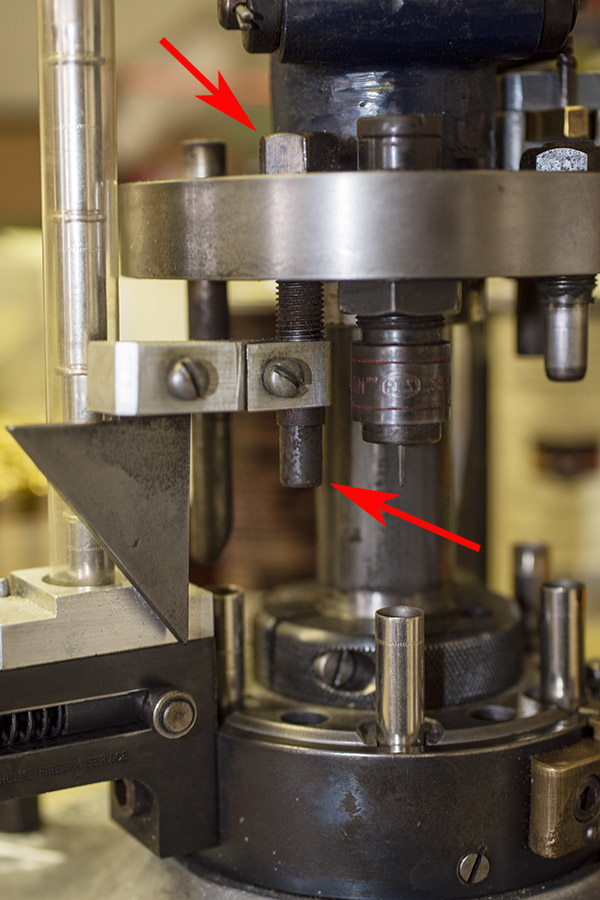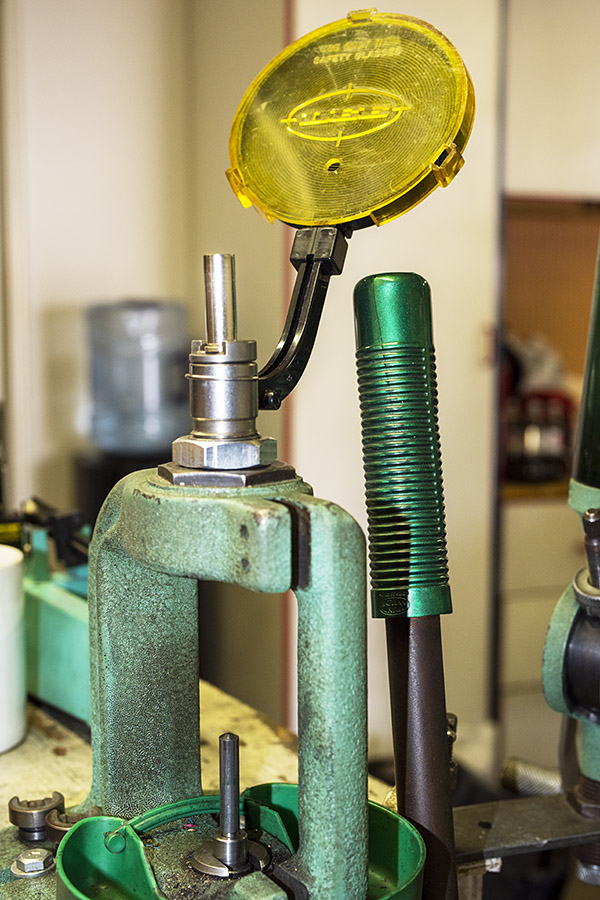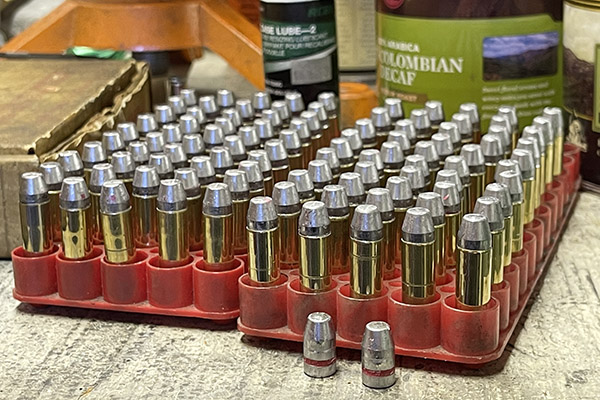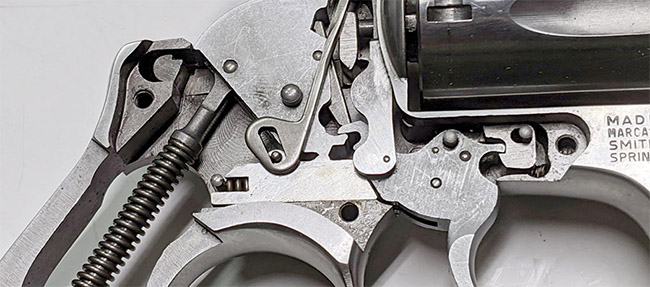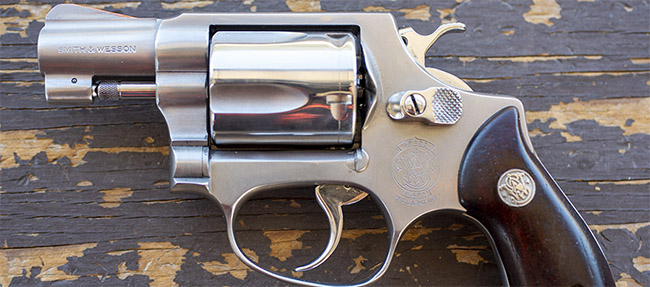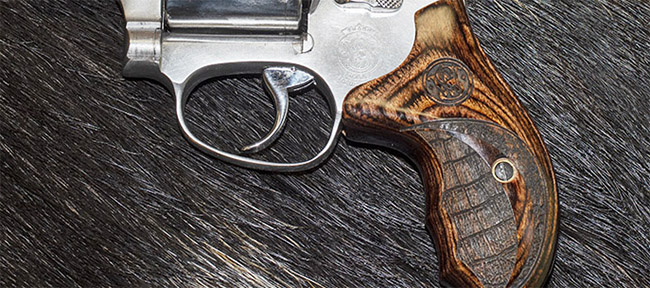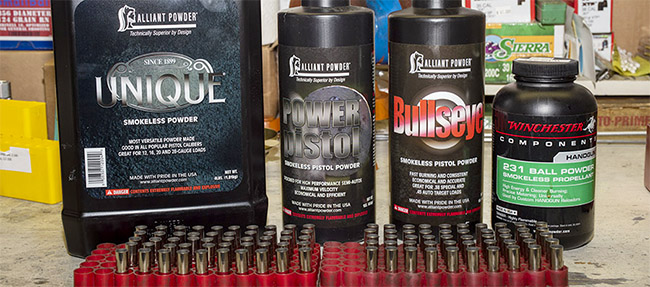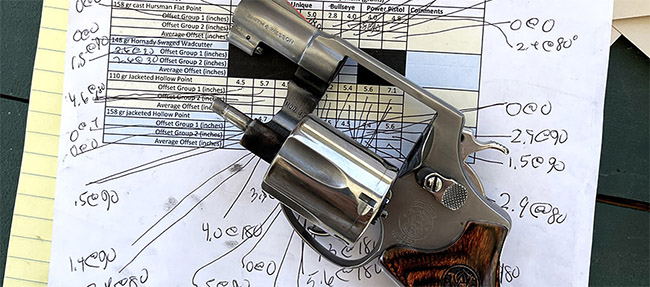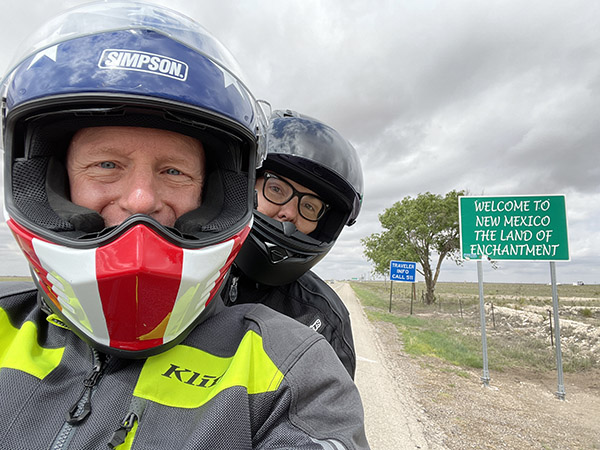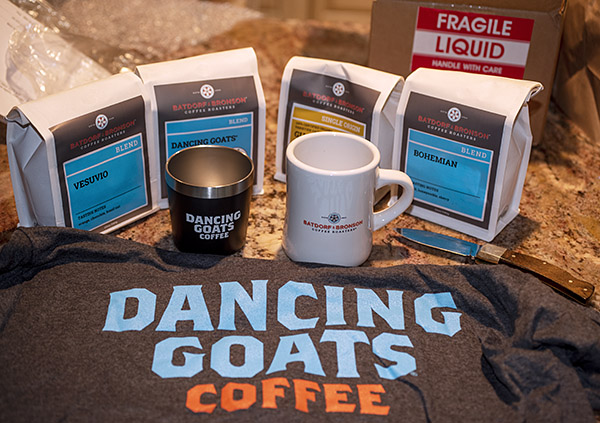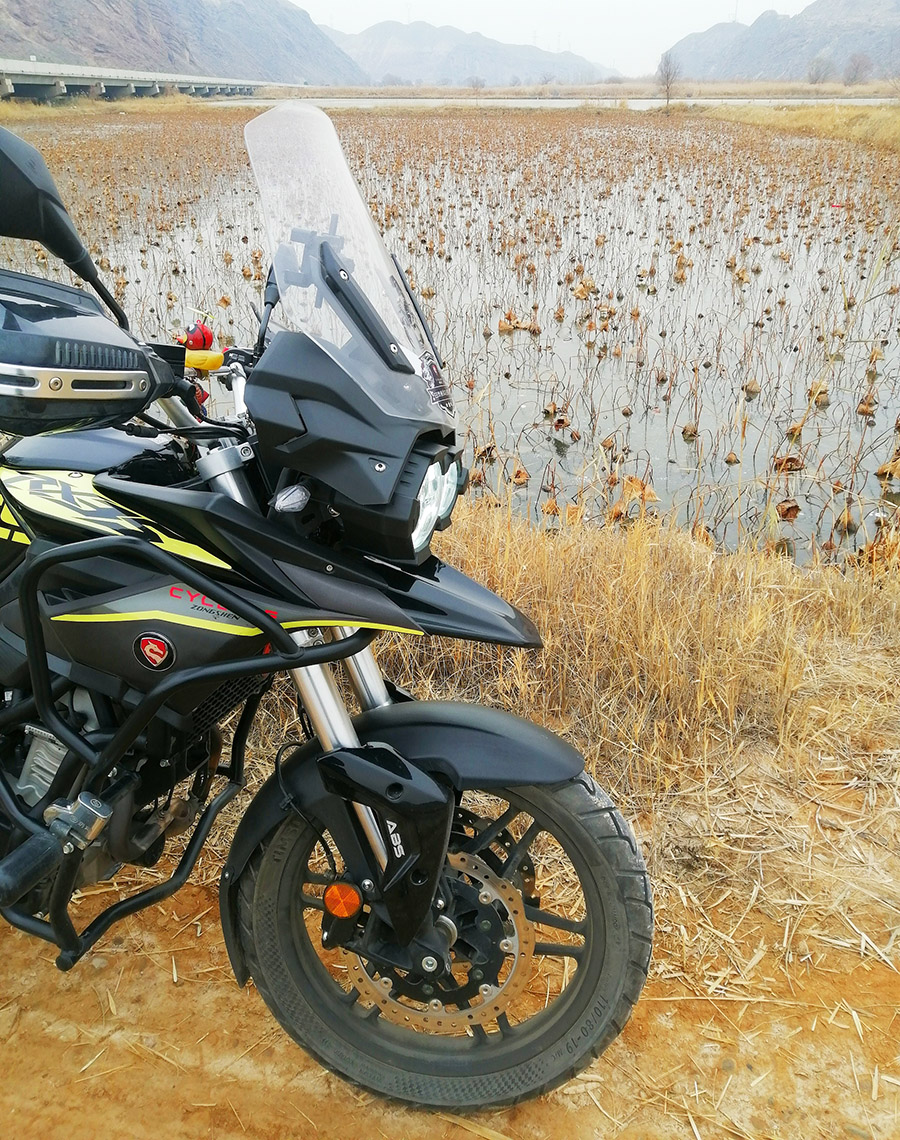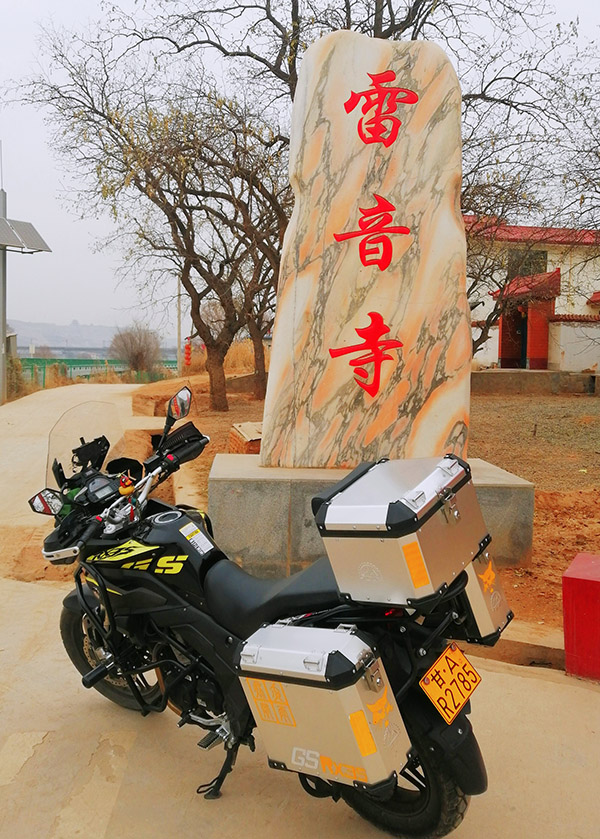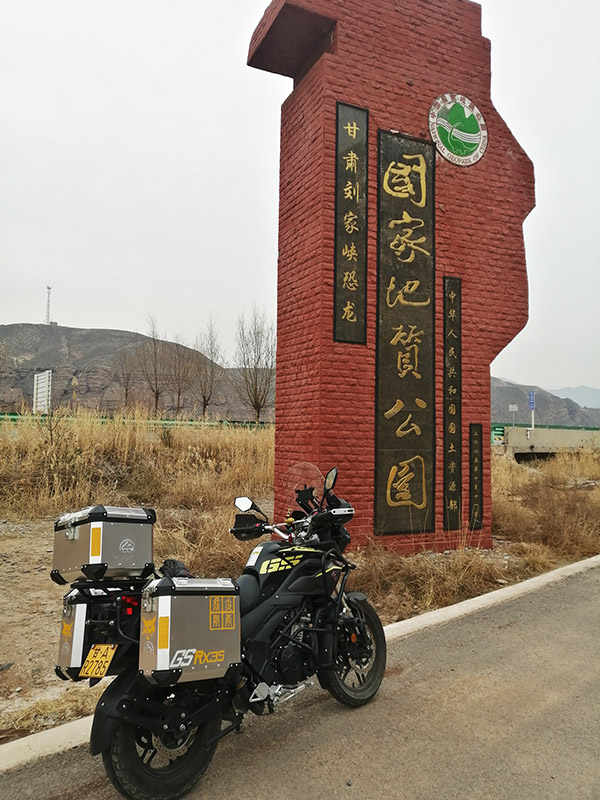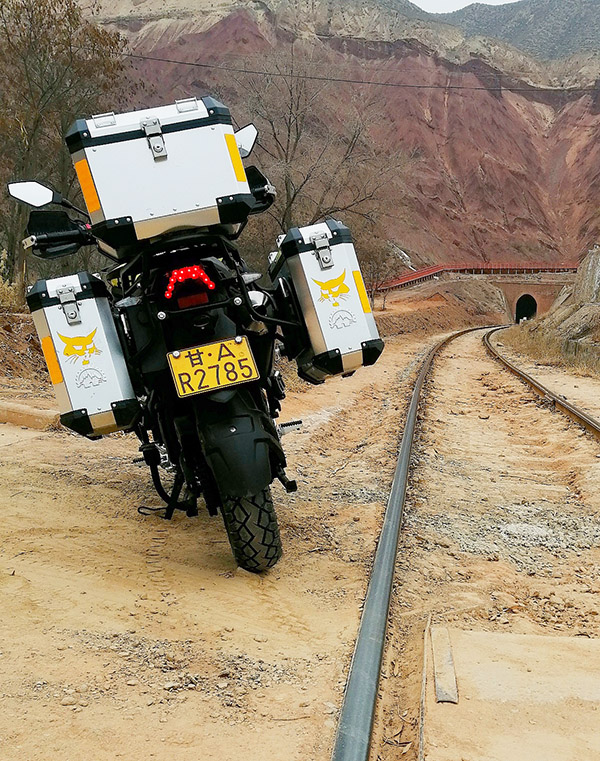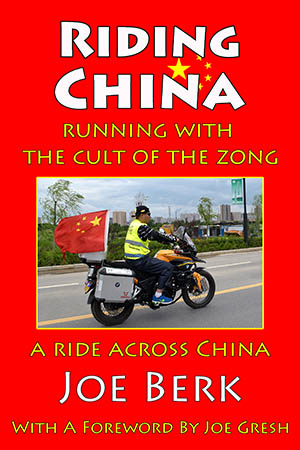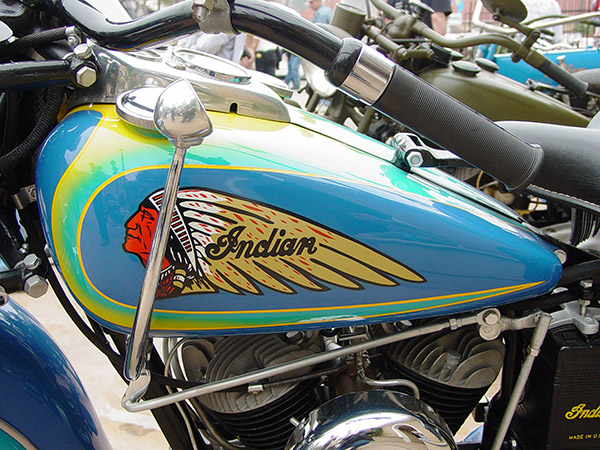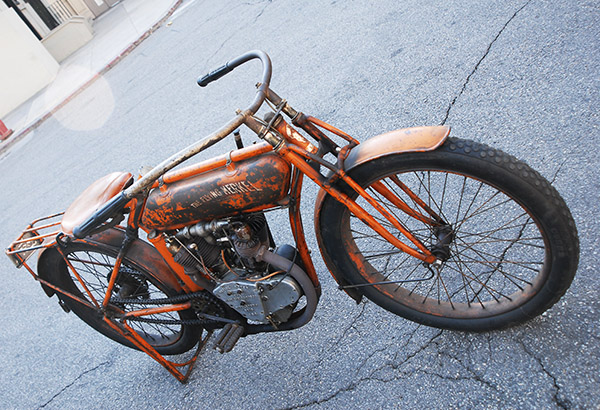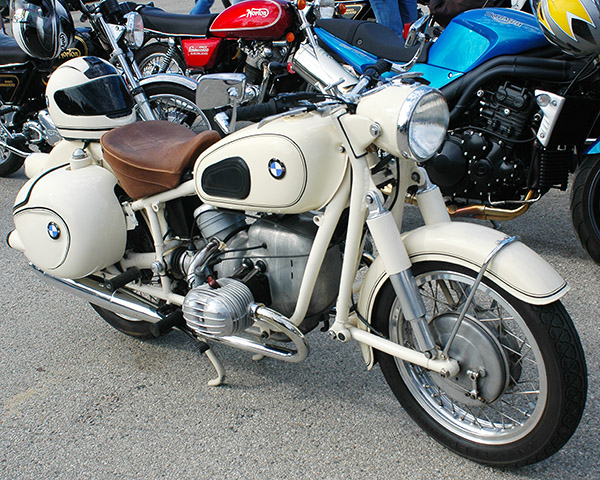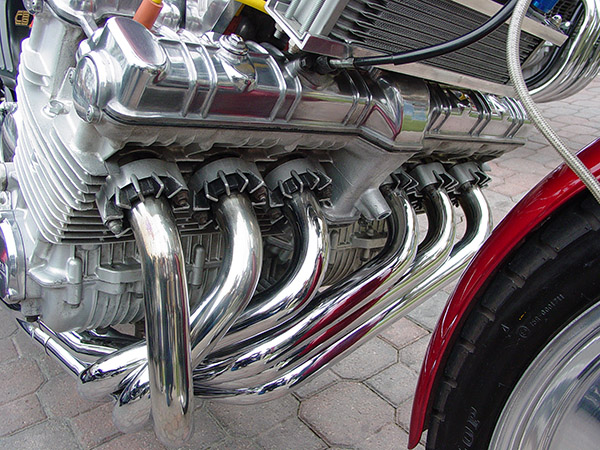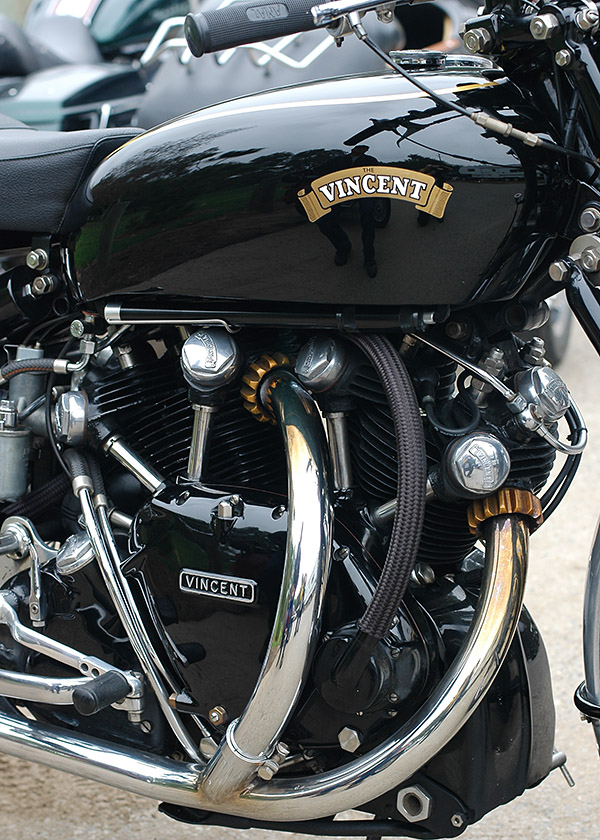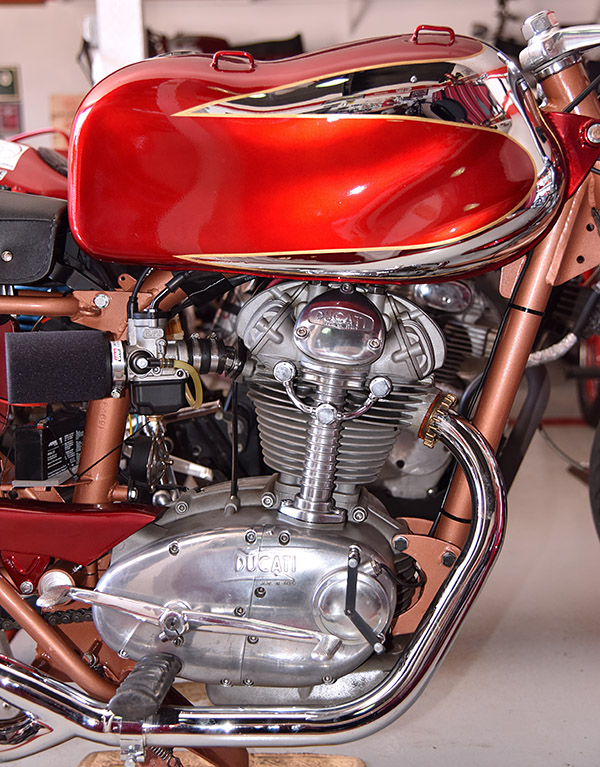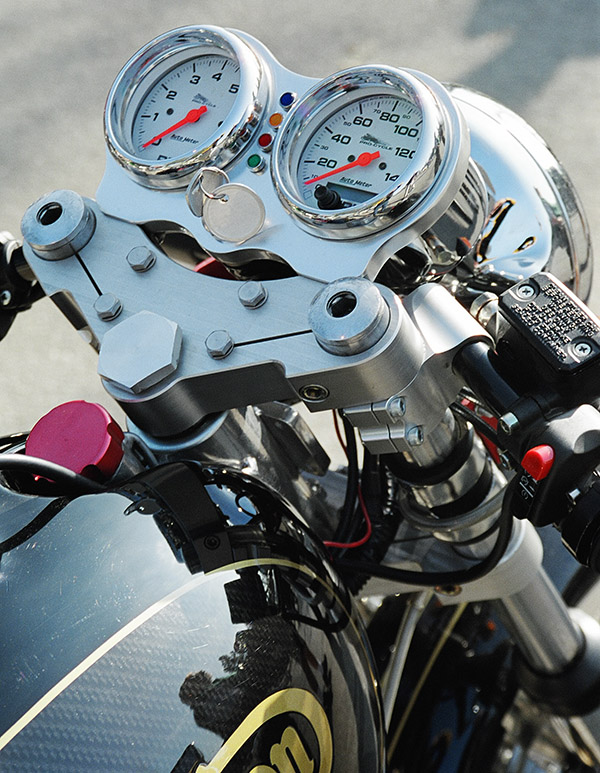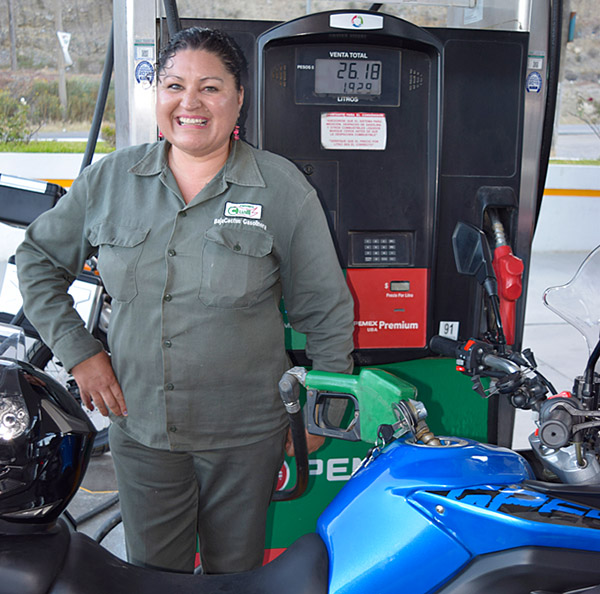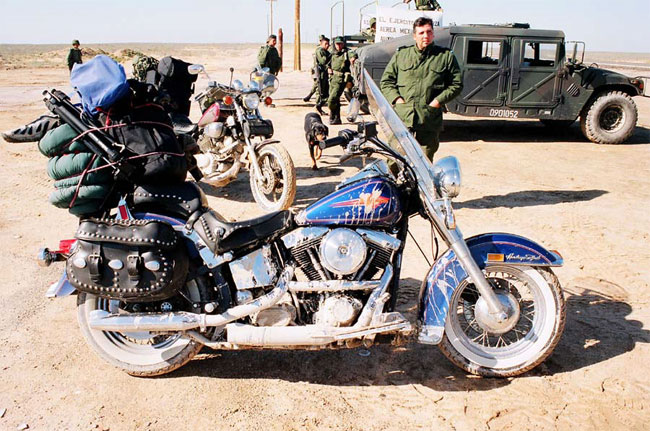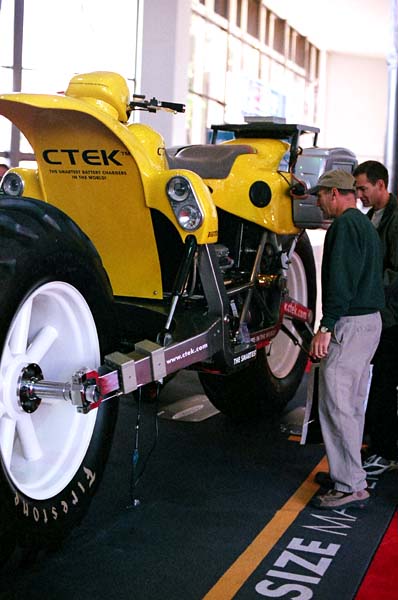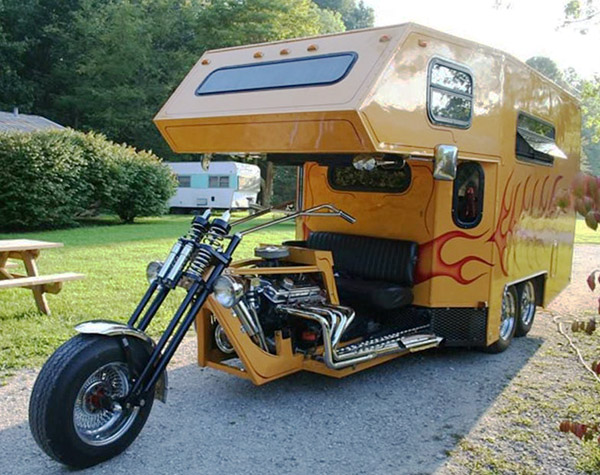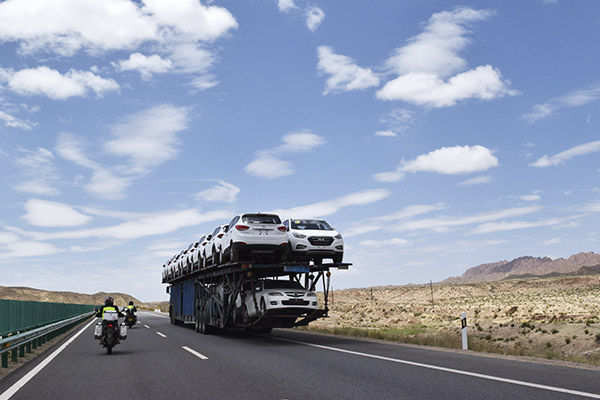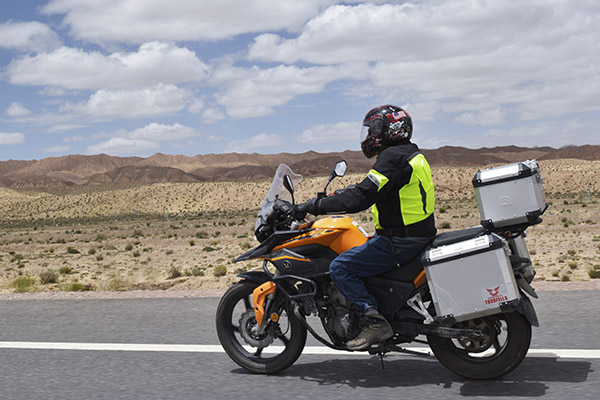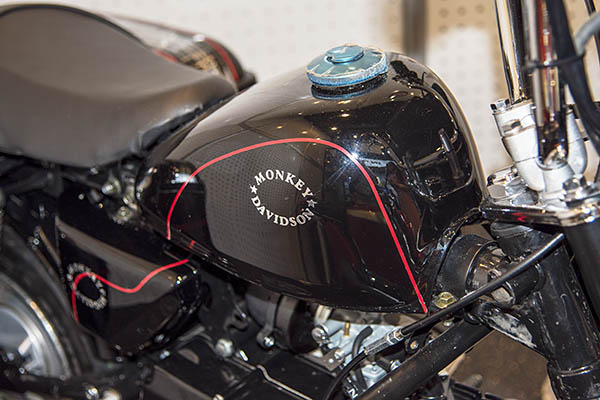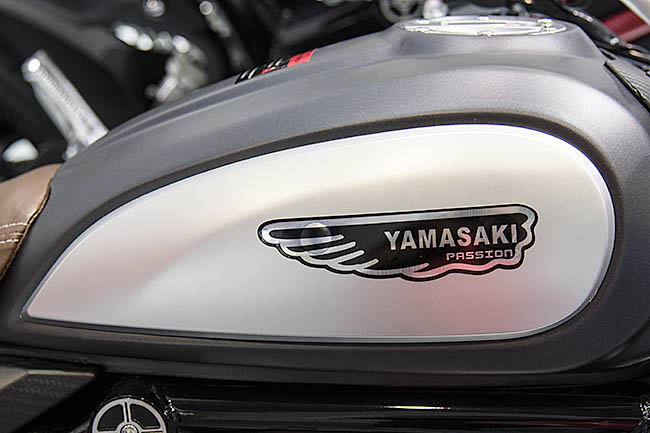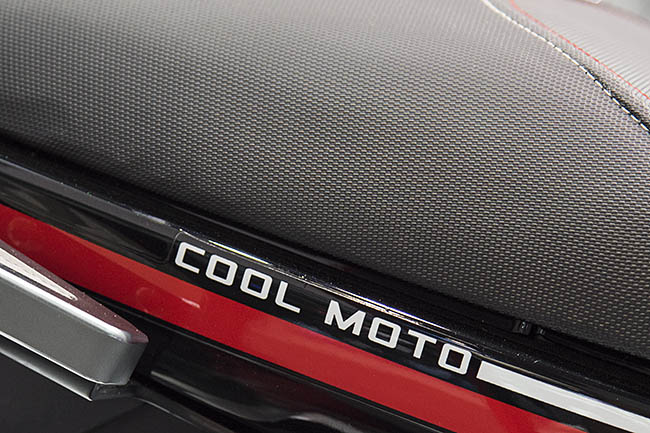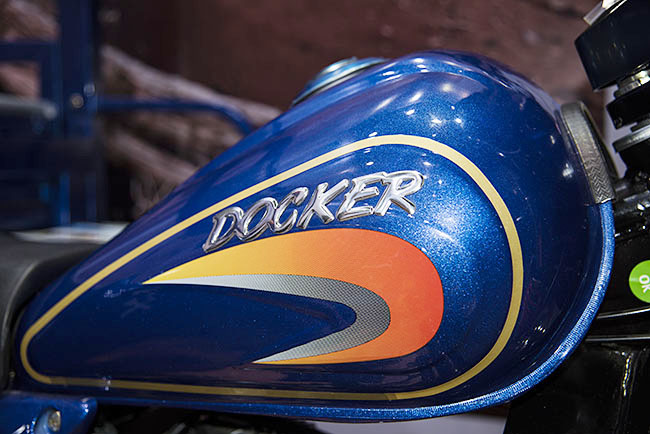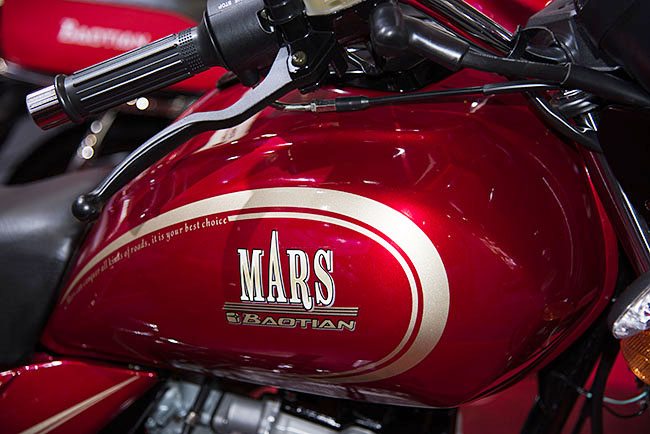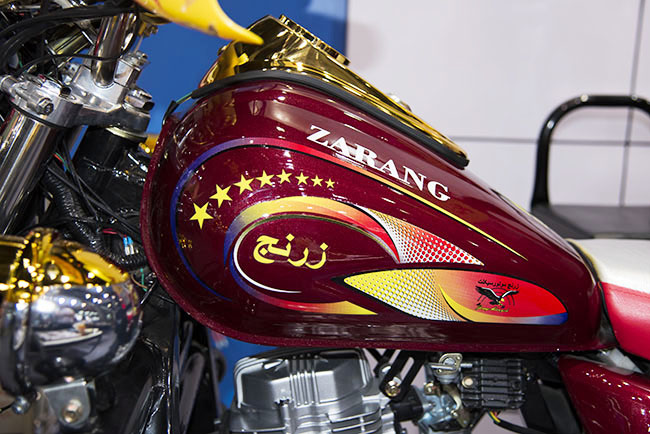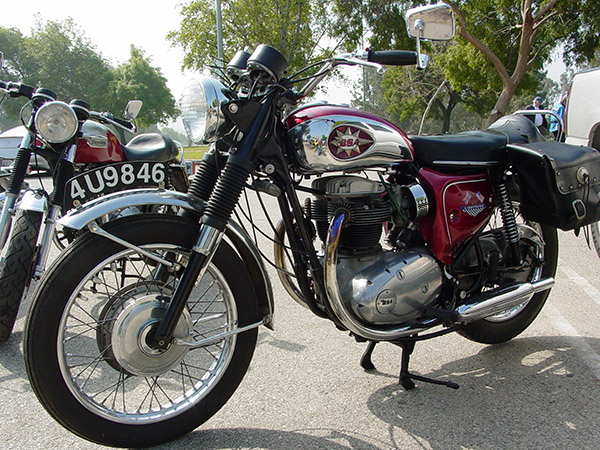Man, it was cold. It was the coldest we would be on our 18-day, 5000-mile ride around the western United States. Yellowstone National Park was our destination and we wanted to arrive early. Baja John was doing the navigating and the trip planning, and we were leaving early that morning out of Cody, Wyoming, at 5:00 a.m. to beat the tourist traffic in Yellowstone. I had an electric vest; our Chinese and Colombian guests did not. I knew they had to be hurting. I had my vest dialed all the way up and I was. Did I mention it was cold?
So, about that big photo above: That’s Yellowstone Falls on the Yellowstone River. There are something like 10 waterfalls in Yellowstone National Park. I’ve only seen the one above. That means I have at least nine reasons to return.
Back to the story. I did mention it was cold riding into Yellowstone that morning, didn’t I?
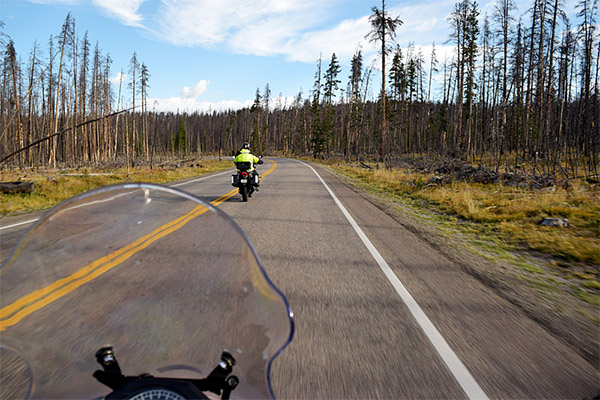

The trip was a wild one…18 days on the road with a dozen guys from China, two from Colombia, and all on free motorcycles provided by Zongshen via CSC Motorcycles. CSC was the importer, I was the go-between spanning the CSC/Zongshen interface (and two continents), and while we were arranging the initial shipment Zongshen asked if I had any ideas to promote the bikes in the US. Wow, did I ever!

That ride became the Western America Adventure Tour, and it was a hoot. I mean, think about: Every angry and ignorant asshole on the Internet was condemning Chinese bikes and here we were, with 15 of the things just arrived in America, setting off on a 5,000 mile ride from So Cal to Sturgis, west across the US to the Pacific Ocean, and then riding the Pacific coast back to So Cal. On that epic ride we didn’t have a single breakdown and that was giving the Internet trolls meltdowns. It was a grand adventure.
But I digress. Back to Yellowstone. On our ride, we hit every National Park along the way, and Yellowstone was one of the best. Prior to that ride, I’d never been to Yellowstone and I had always wanted to see it. And for good reason…it is (in my opinion) the quintessential National Park. Yellowstone is surreal, with sulfur-laden steams and ponds spewing forth, majestic views, waterfalls, bison, bears, deer, elk, wolves, geysers, and more. It was a first for me. I was a Yellowstone green bean.
When we entered Yellowstone, we arrived so early the gates were unmanned and we entered for free. But it had been a long, cold ride in from Cody and we were nearly out of gas. My fuel light was blinking as we entered the park and I didn’t know for sure if there would be gas in Yellowstone. John felt confident there would be, and he was right. I saw the Sinclair sign up ahead, but before we got there, we had a close encounter of the bison kind. We were cruising along at about 30 mph, and all of a sudden I noticed this locomotive next to me. I was too slow to realize what it was until I was alongside, but our chase vehicle driver John (we had two Johns and one Juan on this ride) grabbed this photo…I had passed within 10 feet of this monster!
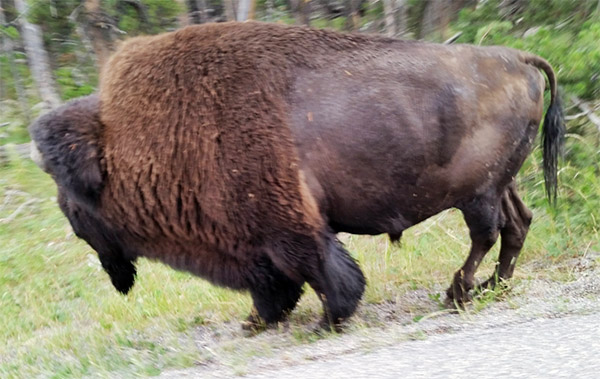
Here’s another cool shot in Yellowstone: The Continental Divide. We had crossed it several times on the ride to Yellowstone already, but I think this is the first time I stopped for a photo.

One of the many attractions in Yellowstone is Old Faithful. Here’s a shot of the geyser in its full glory.
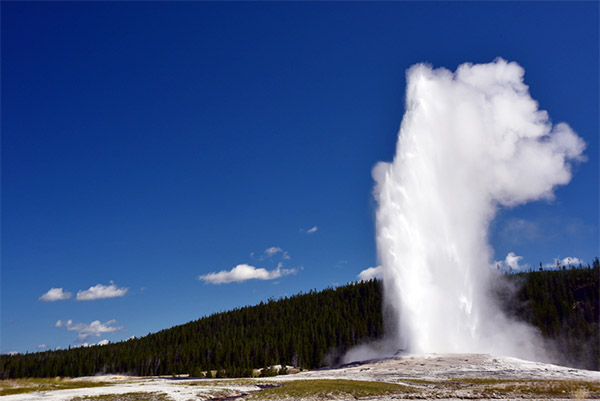
It was one of those motorcycle rides that was so much fun it made me feel a little guilty. (That’s a Jewish thing; maybe some of our Catholic readers will understand it, too.) I felt bad because Sue wasn’t enjoying the trip with me. So I fixed that. A few years later Sue and I hopped in the Subie, pointed the car north, and a few days later I rolled into Yellowstone National Park again (this time with my wife). Naturally, I grabbed a few more photos.


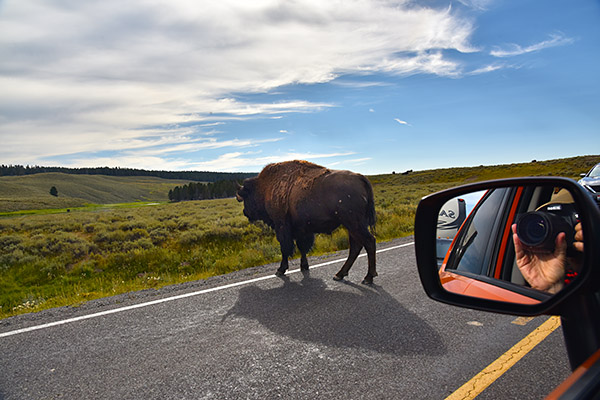
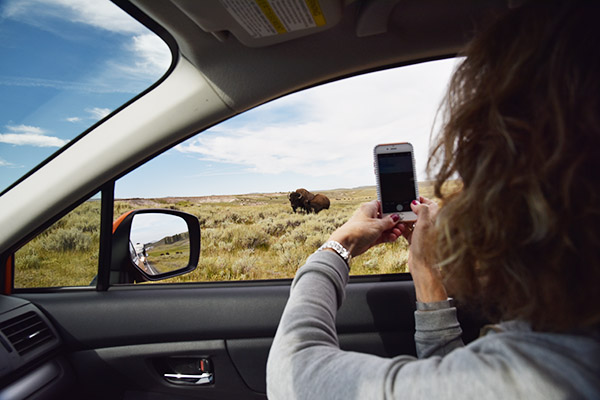

I’m not a geologist, but geology seems to me to be a pretty interesting subject and there sure are a bunch of geological things in Yellowstone. Like the bubbling and burbling pits and pools you most definitely do not want to fall into.
You get the idea. In doing a bit of Internet research on Yellowstone, I came across this Yellowstone map. It is a good way to get the lay of the land up there in Wyoming, but visiting Yellowstone National Park would be even better.
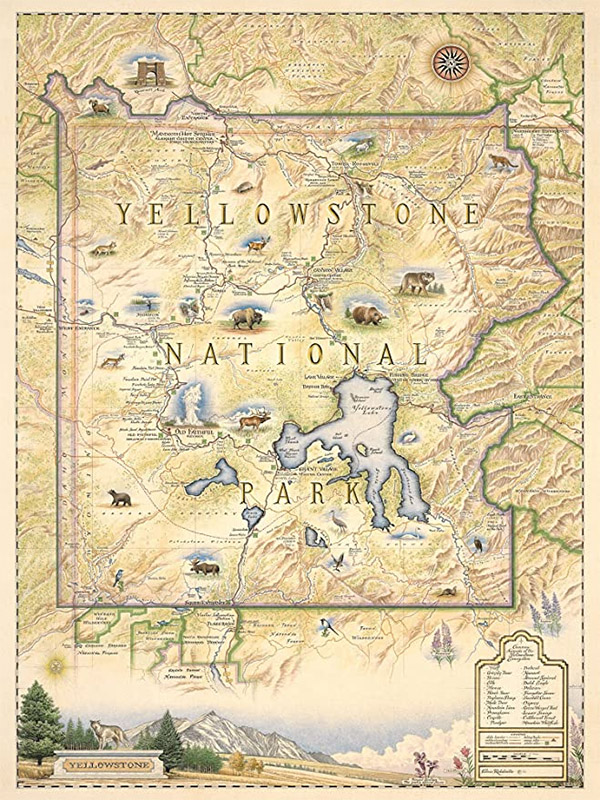
You can learn a little bit more about Yellowstone as a destination (and how to get there) by reading an article I wrote for Motorcycle Classics magazine. It’s a cool place and I’ve never met anyone who felt like visiting Yellowstone was anything other than a marvelous experience. Trust me on this: Yellowstone National Park belongs on your bucket list.
Never miss an ExhaustNotes blog:
Would you like to read more Motorcycle Classics Destinations articles? Hey, just click here or better yet, buy your own copy of Destinations.
One more thing…if you’d like to learn more about the RX3 motorcycle and our 5,000-mile Western America Adventure Ride, you should do two things: Buy yourself a copy of 5000 Miles at 8000 RPM, and watch Joe Gresh’s video:


